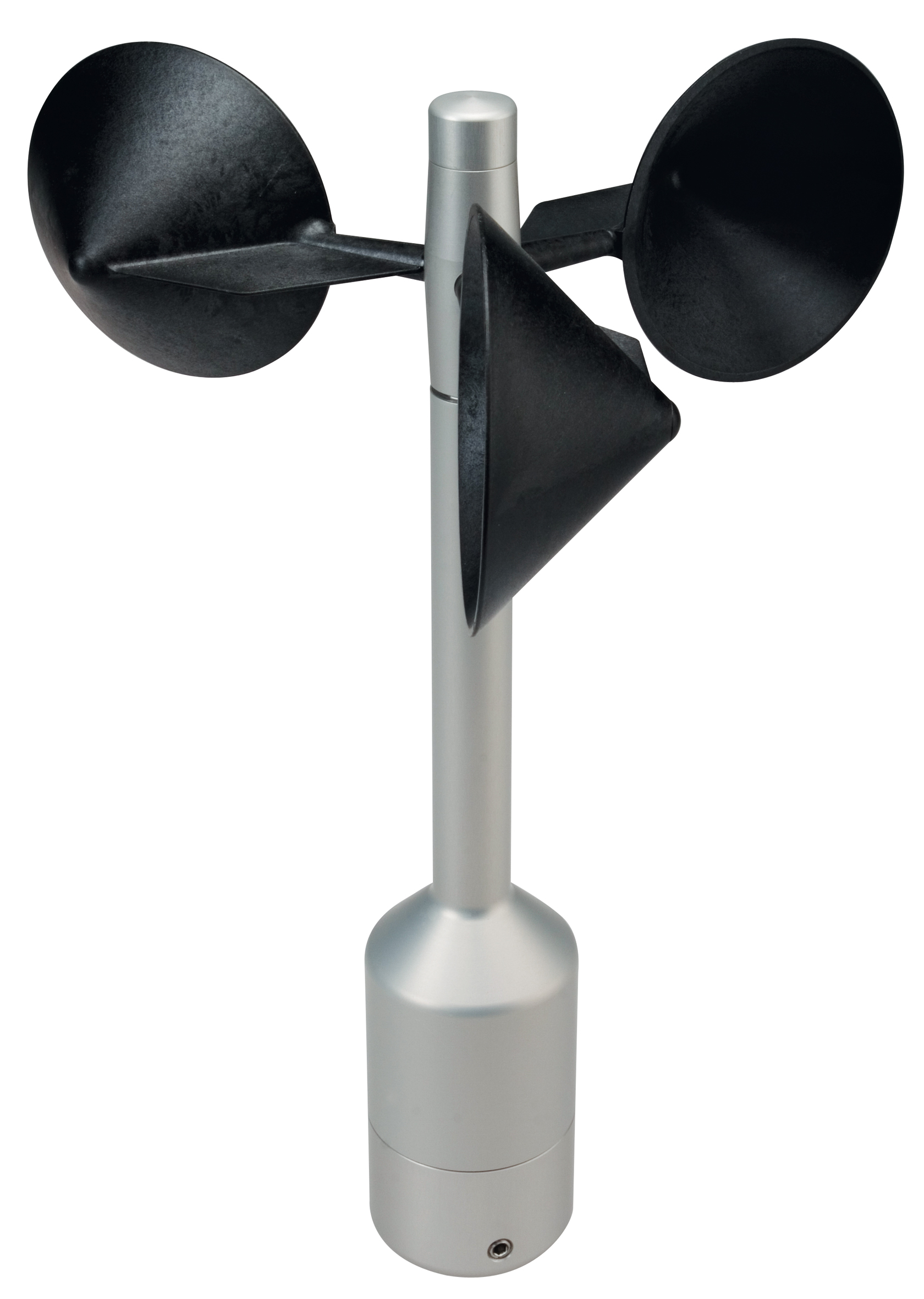Comparing Digital and Mechanical Anemometers: Which is Right for You?
Comparing Digital and Mechanical Anemometers: Which is Right for You?
Blog Article
All You Required to Learn About Anemometers: How They Function, Why They Matter, and Where to Utilize Them
Anemometers, however often ignored in the world of scientific instruments, play a critical role in different areas, offering important understandings right into wind speed and airflow patterns. As we dig right into the complexities of anemometer modern technology, we will uncover the internal functions of these tools, their significance, and the essential factors to consider when picking the appropriate anemometer for particular applications.

Anemometer Basics
An important instrument utilized to determine wind speed and direction, the anemometer plays an important function in meteorology and different markets. An anemometer usually consists of three or four mugs that turn in the wind, a vane that directs into the wind, and sensors to track the rotations or activities. By computing the rotations or movements over a certain amount of time, the anemometer can figure out wind speed. The vane assists identify wind direction by aiming right into the wind, offering valuable information for weather condition forecasting, aviation, maritime procedures, environmental monitoring, and wind power applications.
There are different kinds of anemometers available, consisting of mug anemometers, vane anemometers, hot-wire anemometers, and sonic anemometers, each with its unique functions and applications. Mug anemometers are commonly utilized for standard wind rate measurements, while vane anemometers are chosen for directional dimensions.
Concepts of Anemometer Procedure
Building on the foundational understanding of anemometer fundamentals, the concepts of anemometer procedure clarify the mechanics behind wind speed and direction measurements. Anemometers operate on the concept of air movement influencing a sensor, triggering it to turn. Mug anemometers, as an example, have 3 or even more mugs that record the wind, causing them to spin faster as the wind speed increases. The rotation speed is then exchanged a wind speed measurement. Vane anemometers, on the various other hand, use a tail or a probe that straightens itself with the wind instructions, providing a dimension of wind instructions based on the alignment of the sensing unit. Hot-wire anemometers rely on a heated wire that cools down as wind passes over it, with the rate of cooling down determining the wind speed. Ultrasonic anemometers measure wind speed and instructions by analyzing the moment it considers ultrasonic signals to take a trip between transducers. Comprehending these principles is important for trustworthy and precise wind measurements website here in various applications.
Relevance of Anemometers
Anemometers play an important duty in determining wind rate and instructions, offering vital information for weather projecting, climate research studies, ecological monitoring, and aviation procedures. Meteorologists count on anemometers to collect exact wind data, aiding them recognize climate patterns, forecast storms, and concern timely cautions to the public. Wind farm go to my blog drivers make use of anemometers to examine wind conditions and make best use of electricity manufacturing from wind turbines.
Applications Across Various Industries
Applications of anemometers span throughout varied industries, showcasing their flexibility and energy past meteorology. In the renewable resource market, anemometers play a vital duty in evaluating wind conditions for wind farm placements, ensuring ideal power manufacturing. Industries like building and construction and mining make use of anemometers to check wind speeds, important for security procedures, specifically when working at heights or in open-pit mines where strong winds can present hazards. Anemometers are likewise important in the aeronautics sector, aiding pilots in comprehending airspeed and wind instructions for safe take-offs and landings. The maritime market take advantage of anemometers for ship navigation, helping seafarers expect climate modifications and adjust courses appropriately. In farming, anemometers aid farmers in managing crop splashing Visit Your URL by giving real-time data on wind speed to prevent drift. Furthermore, anemometers discover applications in cooling and heating systems to optimize airflow and improve power performance in structures. The diverse usage cases of anemometers highlight their relevance throughout various industries, highlighting their important duty in boosting operational security and performance (anemometer).

Picking the Right Anemometer for Your Needs
Choosing the proper anemometer customized to your details requirements is vital for getting exact wind rate and direction measurements. When choosing an anemometer, think about variables such as the desired application, called for dimension range, environmental conditions, and desired features. For general purposes, a mug anemometer is appropriate for gauging wind speed, while a vane anemometer offers wind instructions information. Hot-wire anemometers are excellent for reduced airspeed dimensions, and ultrasonic anemometers use high accuracy and longevity.

Verdict
To conclude, anemometers play a critical function in measuring wind rate and instructions across numerous markets. Understanding the concepts of anemometer operation is essential for picking the best device for details requirements. From weather forecasting to air travel, anemometers are important devices for gathering accurate information and guaranteeing safety in various applications. It is very important to think about the significance of anemometers in order to make educated choices when selecting one of the most appropriate tool for measuring wind problems.
There are different types of anemometers available, consisting of cup anemometers, vane anemometers, hot-wire anemometers, and sonic anemometers, each with its one-of-a-kind functions and applications. Cup anemometers are commonly utilized for standard wind speed dimensions, while vane anemometers are preferred for directional measurements. Hot-wire anemometers are appropriate for low airspeeds, and sonic anemometers are excellent for high-precision measurements in research and industrial settings.Building on the foundational understanding of anemometer fundamentals, the principles of anemometer procedure illuminate the mechanics behind wind rate and instructions dimensions. For basic functions, a mug anemometer is ideal for gauging wind rate, while a vane anemometer gives wind instructions information.
Report this page